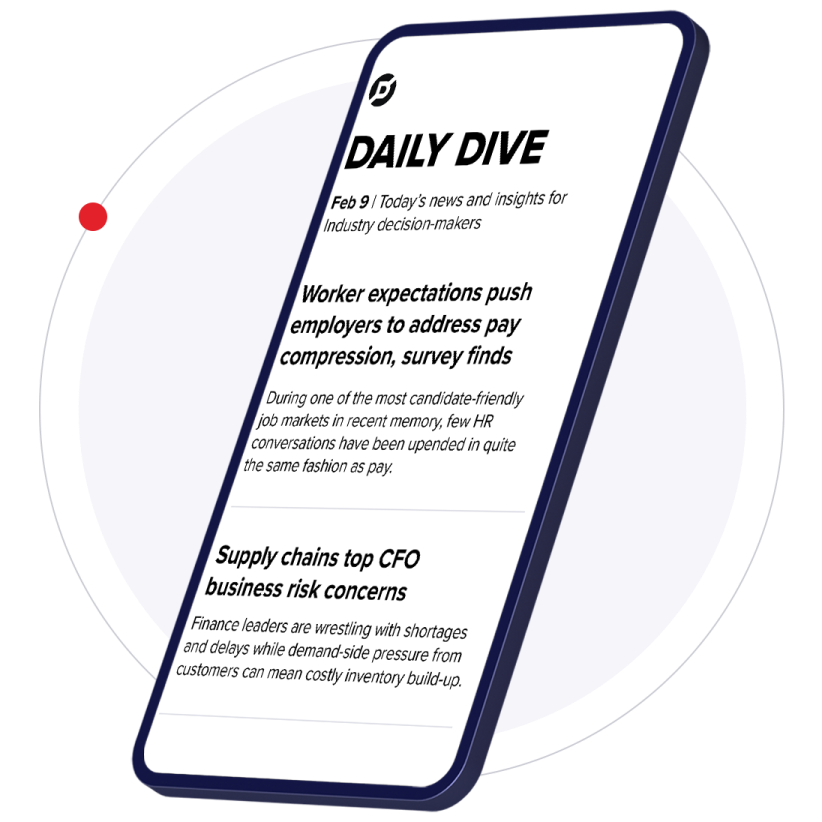AUSTIN, TX — While a number of major consumer packaged goods brands are exploring ecommerce, online sales have typically been less sticky for candy brands because shoppers usually want immediate gratification. Hershey and digital convenience retailer goPuff think this could soon change thanks to their exploration of how to drive digital impulse purchases, including with a VR shopping app introduced at South by Southwest over the weekend.
GoPuff is a four-year-old startup that positions itself as a digital — largely mobile — alternative to convenience stores for millennials and Gen Z. The goPuff app features an array of snack items, household goods and alcohol — both national brands and local favorites — that can be delivered for a flat fee of $1.95. The service operates in 28 markets — many are college towns — where goPuff has its own warehouses. Delivery is available from 12 pm to 4:30 am in many markets and operates 24/7 in others. Because it is vertically integrated, goPuff is different than an Instacart or other digital services that partner with retailers like Costco and Target for online ordering and delivery.
For Hershey, being on the existing goPuff mobile app makes sense because its products aren’t a good mix for most digital shopping experiences as buyers don’t want to wait a couple of days to receive their purchase, Brian Kavanagh, senior director, IDP & retail evolution at Hershey, told Mobile Marketer. Also, chocolate can easily melt. While the goPuff app already offers a way for Hershey to address these issues, taking the experience to the next level via virtual reality offers an immersive and entertaining shopping experience for young consumers that goPuff and Hershey believe could be a win as shopping habits evolve.
“We are constantly looking at new solutions,” Kavanagh said. “What we look for is is it a win for the retailer, a win for the category and a win for the consumer. If something matches that and it has scalability, we are interested in testing it.”
Immersed in shopping
While VR looks promising, Hershey probably won’t be testing some of the other cutting-edge technologies on display at SXSW like delivery robots, which don’t check-off all three must-haves on Kavanagh’s list. What makes VR shopping appealing is its ability to recreate a physical location like an apartment for an immersive and entertaining experience, per Kavanagh.
The VR shopping app got its first test run at the Retail Innovation Lounge at SXSW on Sat., March 10. Attendees trying on a headset saw a virtual apartment that not accidentally was decorated to appeal to a younger consumer with minimal furnishings, a basketball hoop and other interactive content. Located around the room were also various items for purchase. Add-to-checkout functionality hadn’t been enabled yet as the app is still in the trial phase.
At SXSW, goPuff and Hershey hope to get some initial feedback and then to launch the experience in the near future, according to Kavanagh.
The next frontier for CPGs
A number of CPG marketers have recently expressed their commitment to ramping up their investment in ecommerce, a move that reflects how consumers are spending more time researching and making purchases online. At the same time, consumers are less interested in traditional ads on TV and digital platforms. To get in front of digital consumers, PepsiCo recently said it would reinvest its savings from the GOP tax plan into ecommerce and digital. P&G reports that its ecommerce sales are growing at around 30% while Mondelez is seeing a 35% increase.
Hershey’s efforts in this area are more nascent than some other CPG marketers, but the company has set its sights on finding the formula that will work for snacking.
“This category is tough to sell online,” Kavanagh said. “We are trying to figure out the last mile.”
















